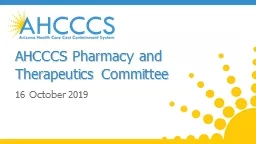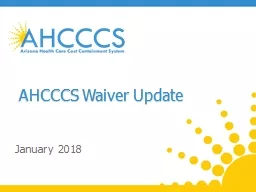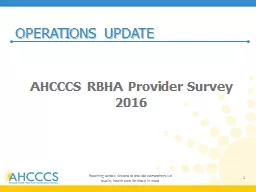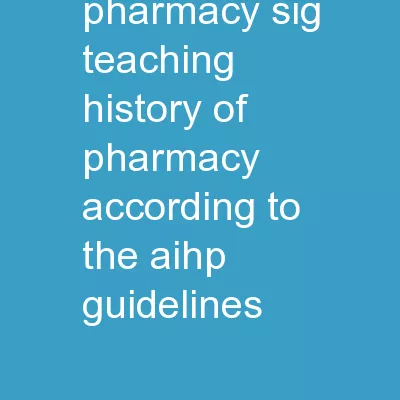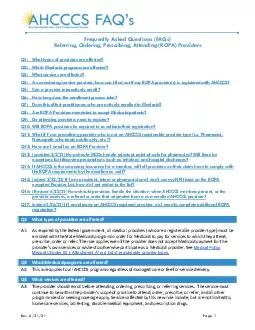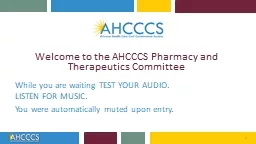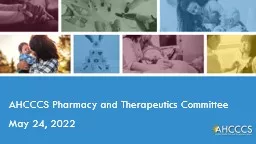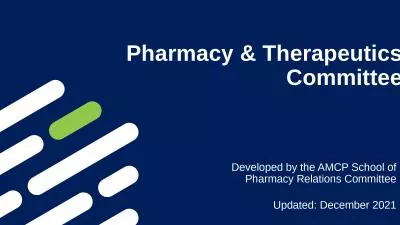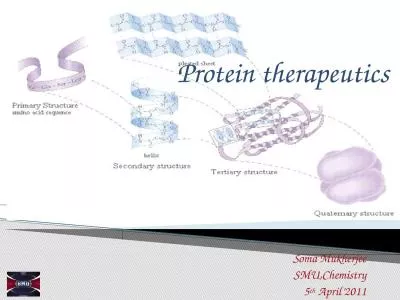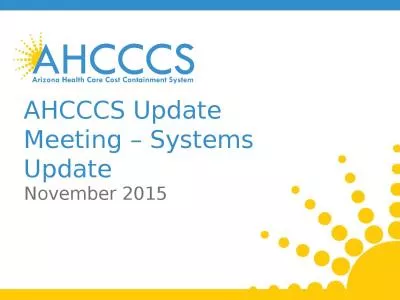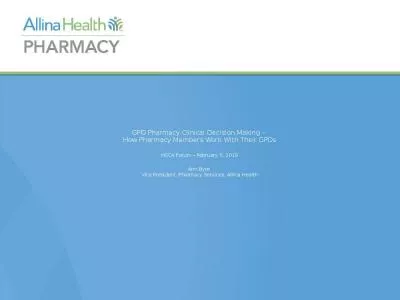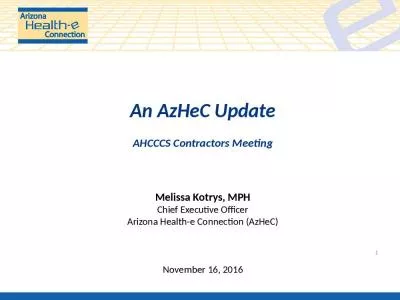PPT-AHCCCS Pharmacy and Therapeutics Committee
Author : min-jolicoeur | Published Date : 2020-04-11
16 October 2019 Welcome and Introductions Sara Salek MD Chief Medical Officer AHCCCS Meeting Minutes 23 May 2019 Review Vote 2 Reaching across Arizona to provide
Presentation Embed Code
Download Presentation
Download Presentation The PPT/PDF document " AHCCCS Pharmacy and Therapeutics Commit..." is the property of its rightful owner. Permission is granted to download and print the materials on this website for personal, non-commercial use only, and to display it on your personal computer provided you do not modify the materials and that you retain all copyright notices contained in the materials. By downloading content from our website, you accept the terms of this agreement.
AHCCCS Pharmacy and Therapeutics Committee: Transcript
Download Rules Of Document
" AHCCCS Pharmacy and Therapeutics Committee"The content belongs to its owner. You may download and print it for personal use, without modification, and keep all copyright notices. By downloading, you agree to these terms.
Related Documents

